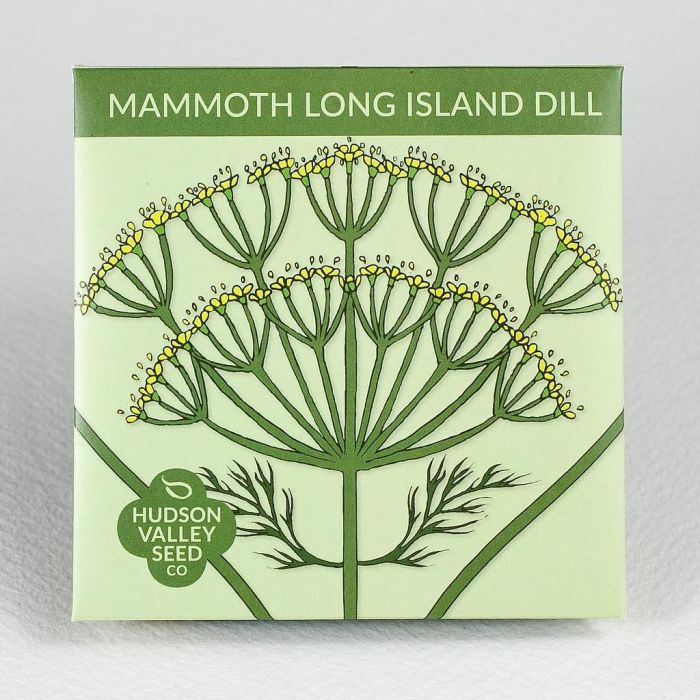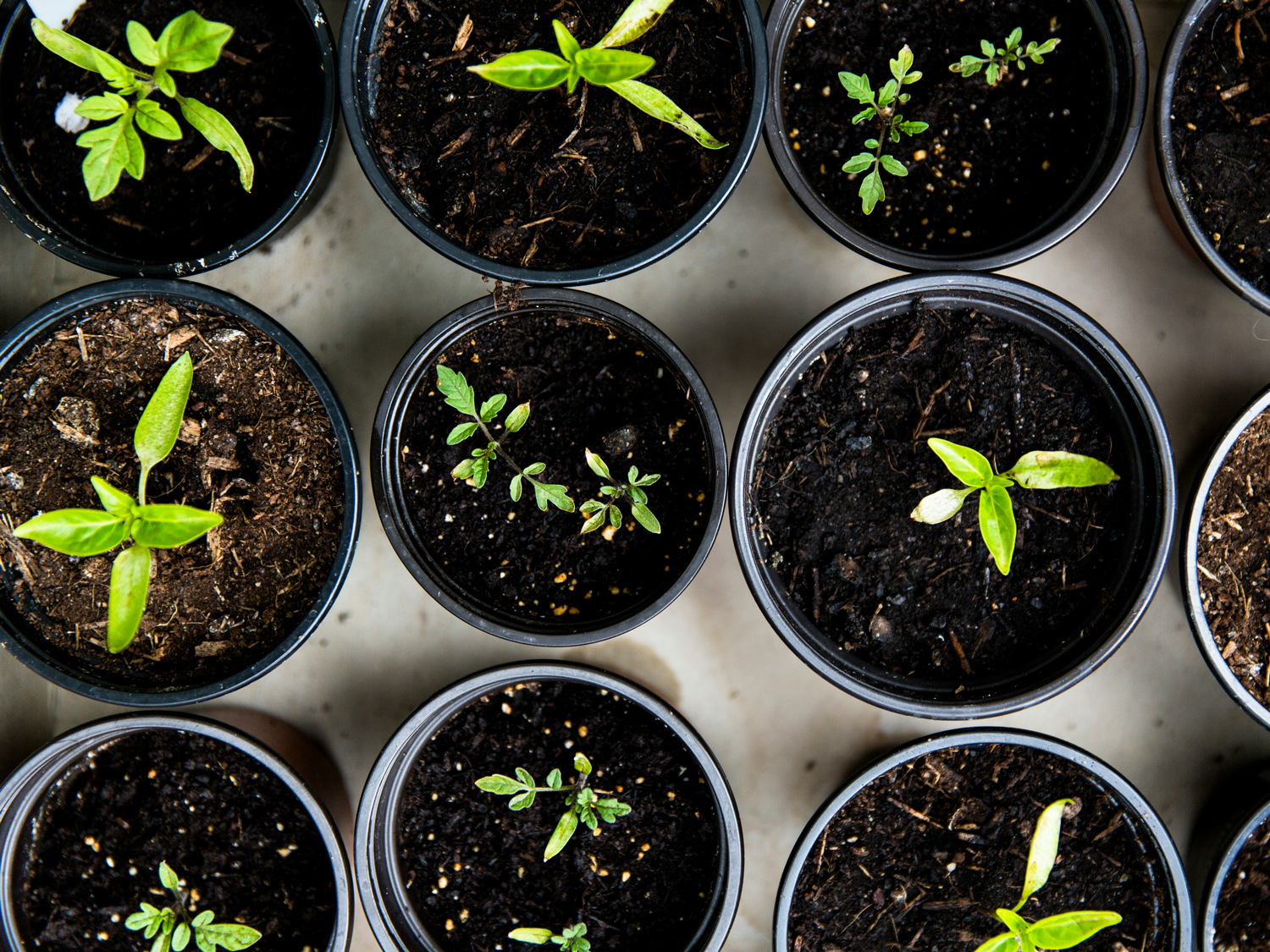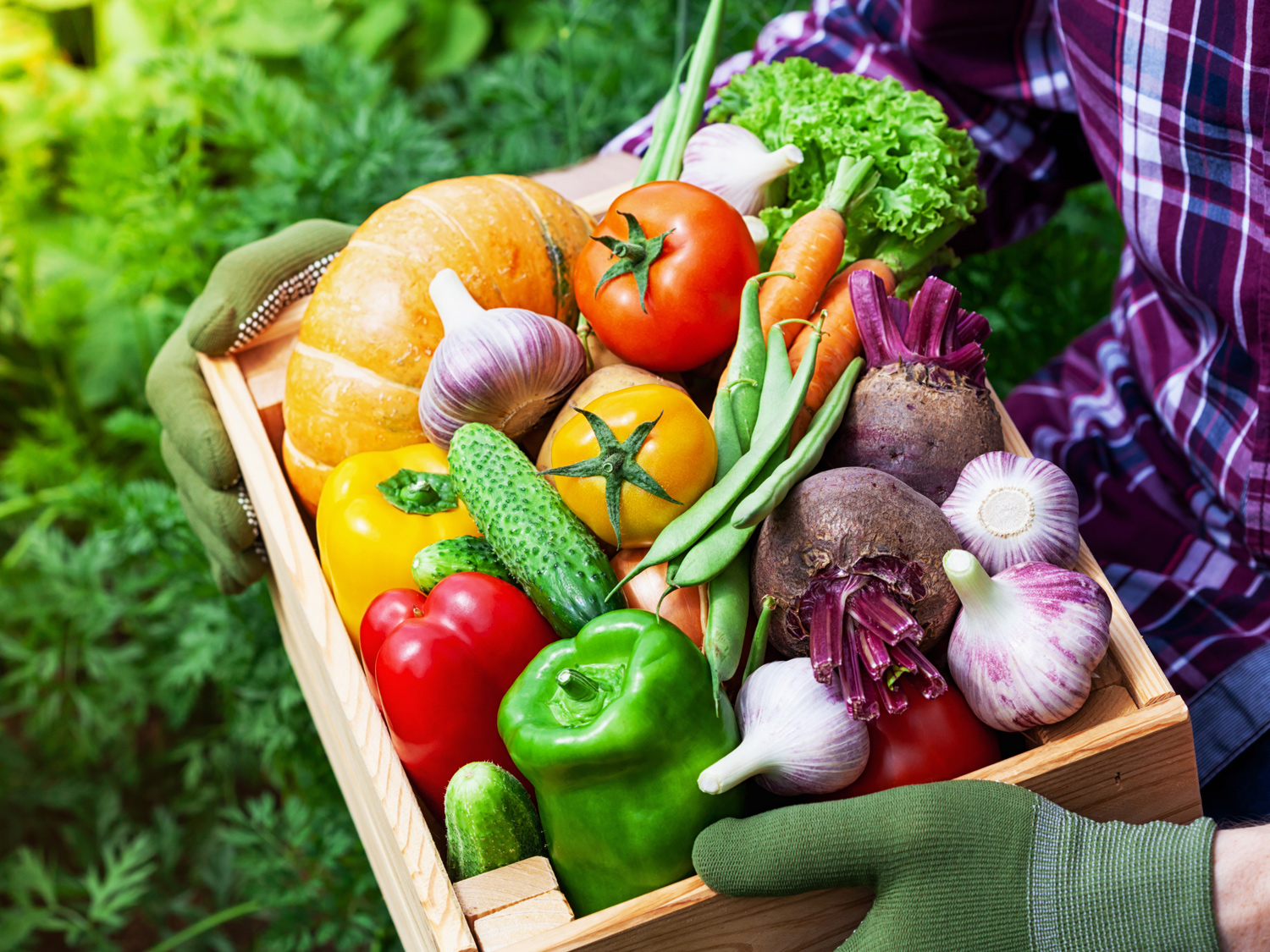Anethum, Dill 'Mammoth Long Island' Organic ~ 200 seeds


- Sun Preference
- Full-Sun, Part-Sun
- Bloom Time
- Summer, Fall
Description
Certified Organic
Anetheum graveolens
For pickles and beyond.
Originally named Long Island Dill, this tall billowing relative of Queen Anne's Lace and carrots is perfect for edible landscaping, container gardens and, well, pickles, of course! All parts of the plant leaves, stems, flowers, and seeds can be used to impart dill flavor to dishes.
Seed Starting Successfully
Start your garden from scratch with Gertens' wide variety of seed packets! Whether you're a seasoned gardener or just starting out, we have seeds for every skill level and garden size. From colorful flowers to delicious vegetables, our seeds are carefully selected for their quality and performance.
Details
Beyond its pungent flavor and culinary versatility, dill has a long history of medicinal use. Ancient Egyptians referred to dill as a soother; gladiators believed it imparted courage; churchgoers felt the seeds sparked alertness; and villagers considered dill a protective charm. Dill still makes great pickles. But what of its other uses for the modern age? Where do we most need to be soothed, courageous, alert, and protected? Traffic jams on Long Island. We particularly enjoy our early mornings in the seed garden when the dew-dropped dill refracts the sunlight. Grow this herb for its flavor, and you may just prevent road rage to boot.
Growing Instructions
Direct sow around last frost, or indoors before last frost and then transplant fairly quickly. Succession sow every 3-4 weeks for highest-quality fresh dill leaves all season. For use as a dry herb, harvest before the umbel (Latin for umbrella) flowers form.
Quick Facts
Days to Germination: 7-21 days
Days to Maturity: 65 days
Planting Depth: ¼-½"
Spacing in Row: 9-12"
Spacing Between Rows: 24"
Height at Maturity: 24-36"
Width at Maturity: 12-18"
Sun Preference: Full to Little Sun
About the Artist
Artwork by Wildflower Graphics. Wildflower Graphics combines the hand-drawn illustrations of Lynne Bittner (1957-2016) with the digital wizardry of her husband, Richie Bittner, and daughter, Dorothy Greenhouse. Their work allows the inner light of plant forms to shine.
More Information
| Brand | Hudson Valley Seed Co |
|---|---|
| Seed Packet Type | Herbs |
| Common Family Name | Dill |
| Sun Preference | Full-Sun, Part-Sun |
| Deer Resistant | No |
| Bloom Time | Summer, Fall |
| Plant Life Cycle | Annual |
| Mature Height (Range) | 25" - 36" |
| Spacing Between Rows | 24" |
| Spacing in Row | 9-12" |
| Planting Depth | ¼-½" |
| Days to Germination | 7-21 days |
| Days to Maturity | 65 days |


